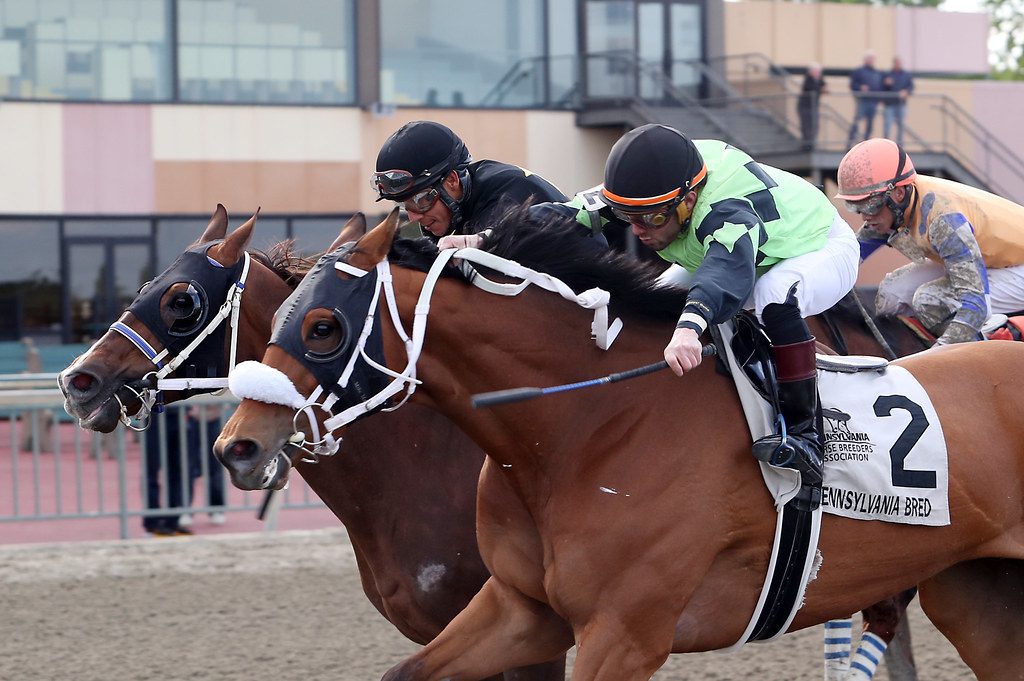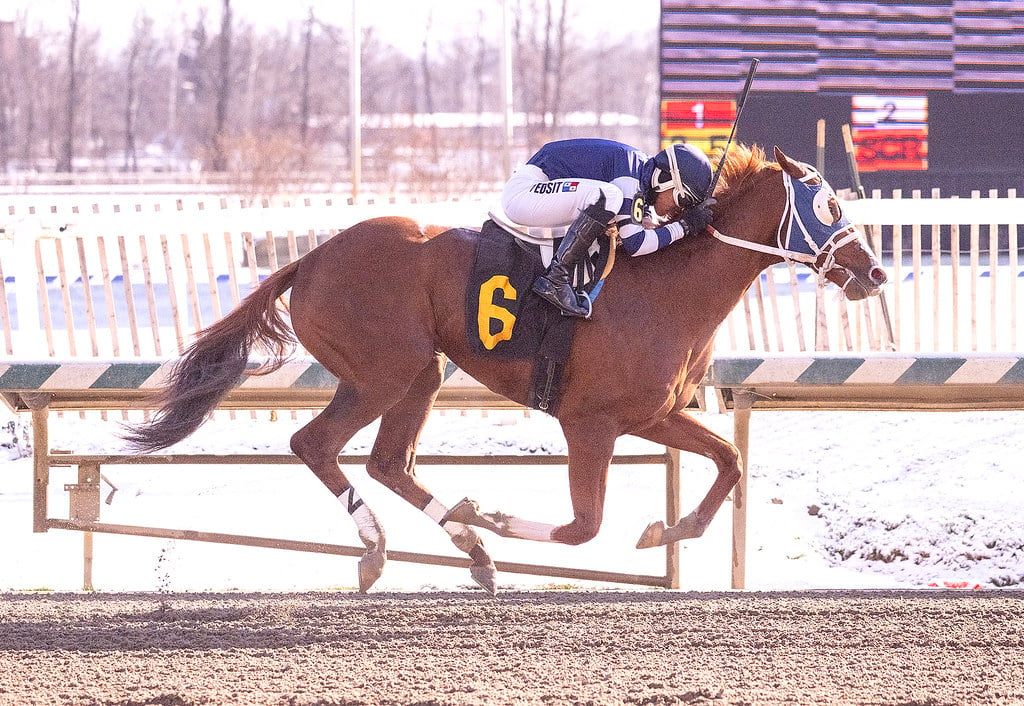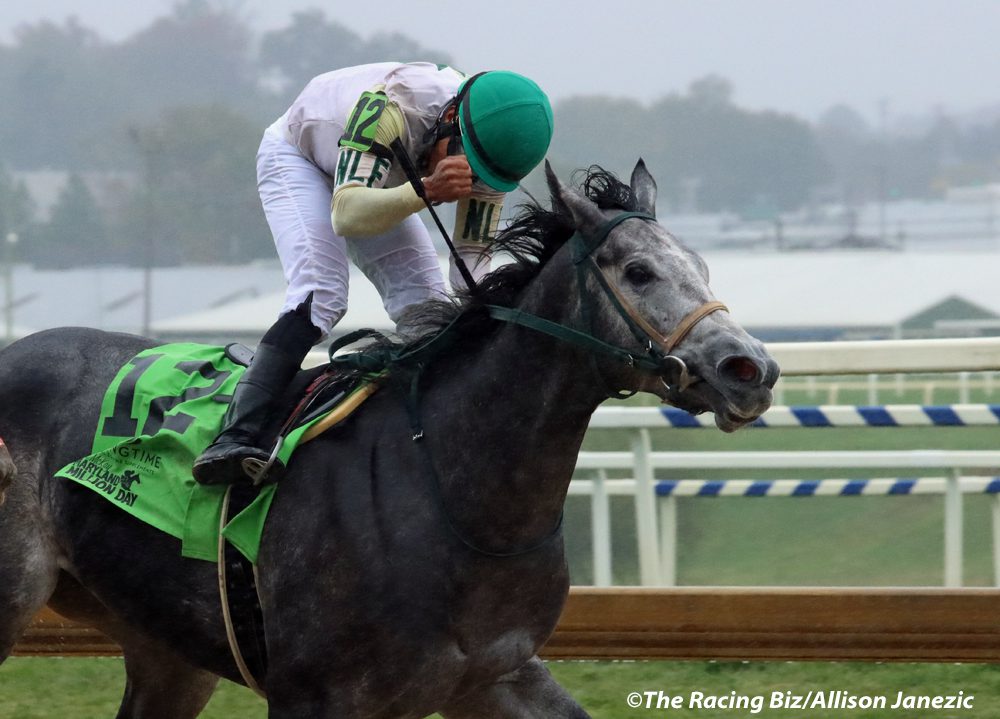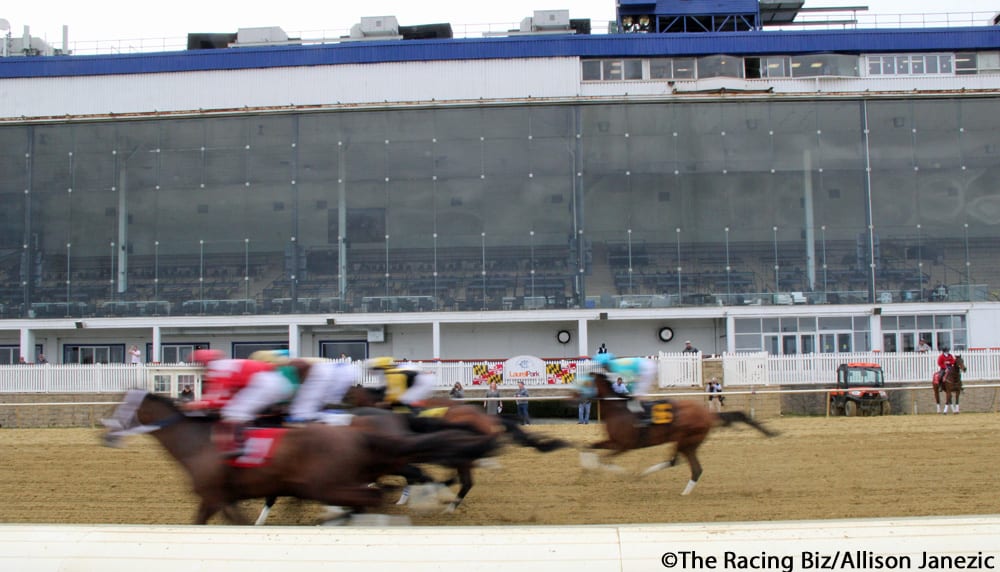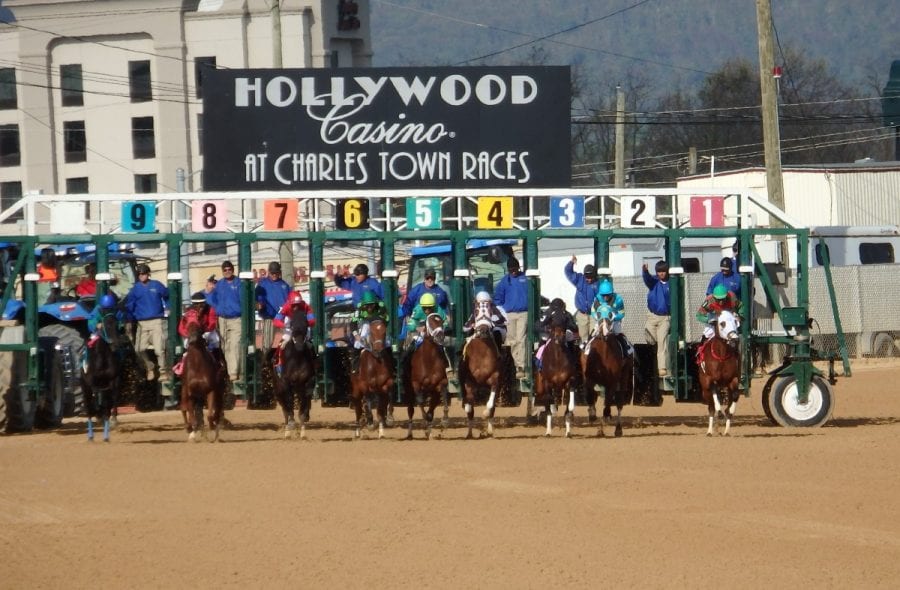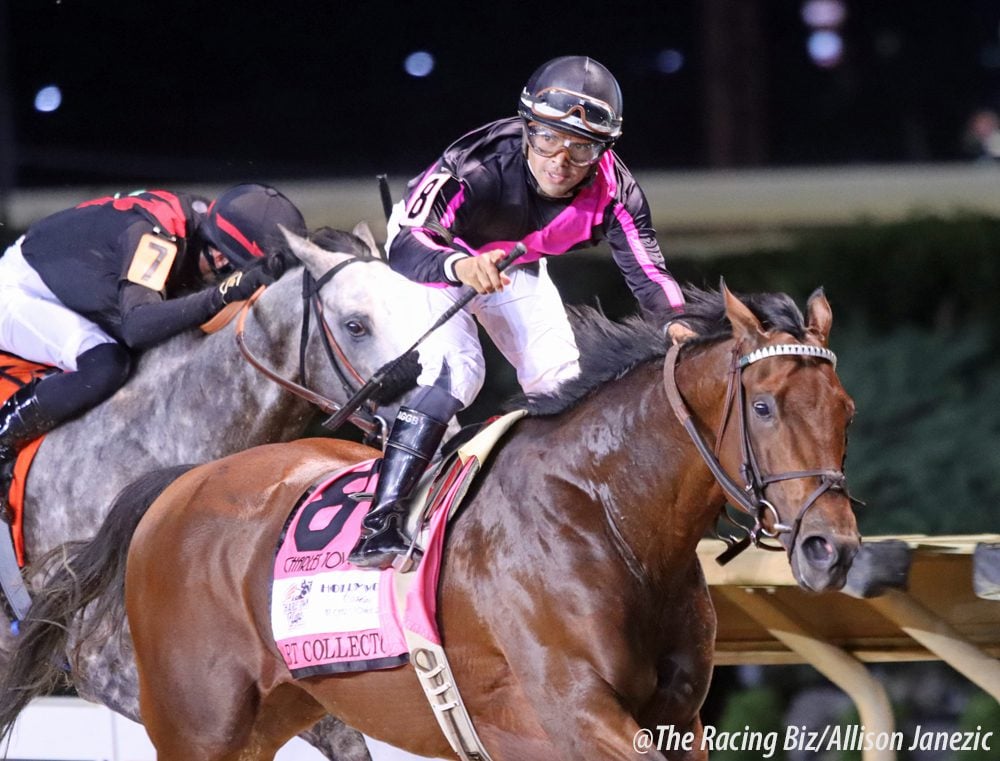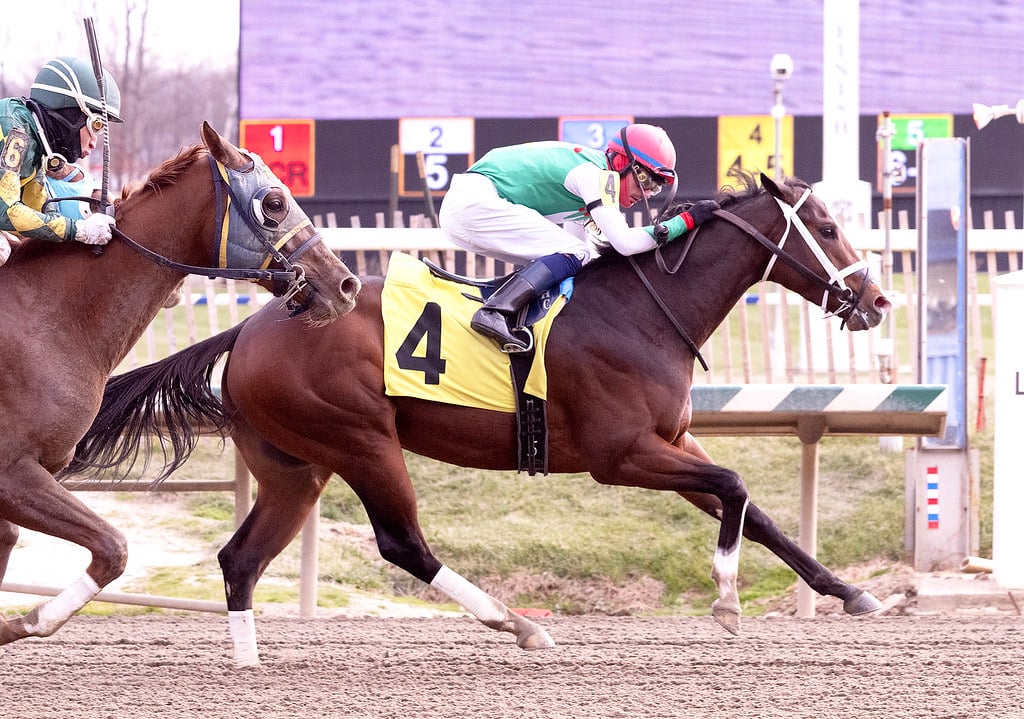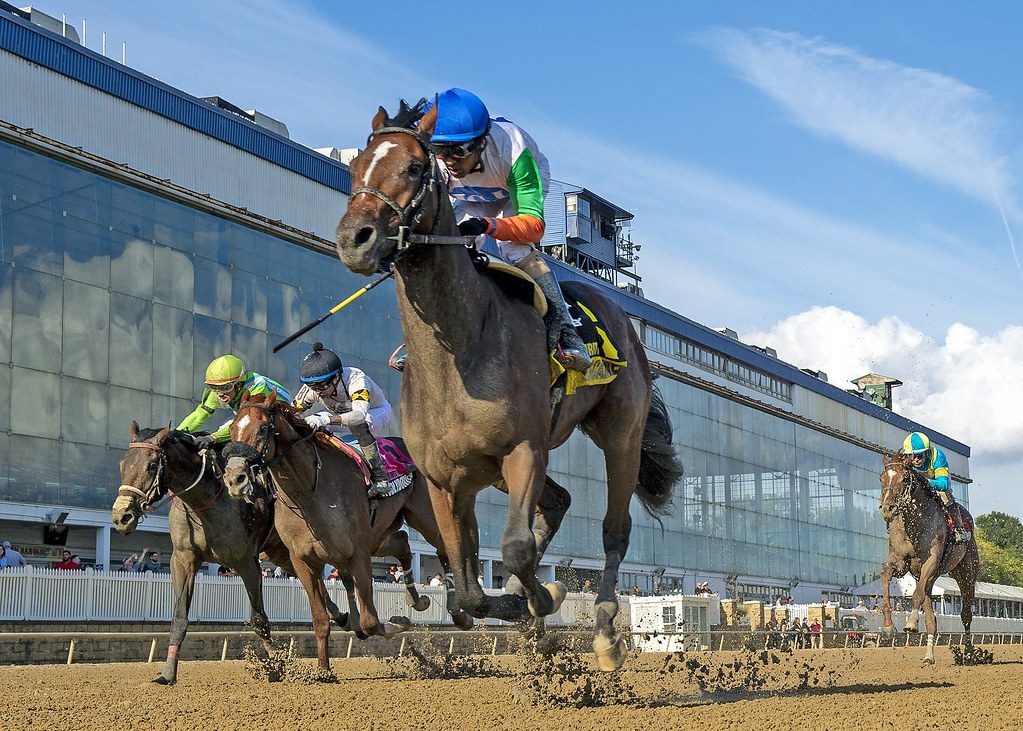Public Works Board approves Pimlico Plus expenditures
The Maryland Board of Public Works on Wednesday signed off on nearly $19 million in expenditures to advance the so-called Pimlico Plus plan.
But while the decision of the three-member panel was unanimous, it wasn’t without some trepidation expressed.
The approval of the Board, comprised of Gov. Wes Moore, who is the chair; Treasurer Dereck Davis; and Comptroller Brooke Lierman, was necessary for the project to proceed.
Approved on Wednesday were a $14.3 million agreement with Clark Construction for demolition, abatement, and “general requirements” for the Pimlico Racing Facility; and nearly $4.5 million to purchase approximately 328 acres of Shamrock Farm in Woodbine to serve as the future training center.
Taken together, the moves represent perhaps the most tangible progress to date in the project, which will, if completed, see Maryland’s thoroughbred industry headquartered at a rejuvenated Pimlico supported by a nearby, state-of-the-art training facility.

“The centralization of racing operations at Pimlico will serve to revitalize Maryland’s horse industry, an industry that, by the way, supports over 28,000 jobs and generates roughly $3 billion in economic activity,” Gov. Moore said. “We are excited to write this next chapter of thoroughbred racing in the state of Maryland.”
“This is a win-win for Maryland racing and for Carroll County,” Maryland Thoroughbred Horsemen’s Association (MTHA) President Katy Voss said in a statement. “It’s an investment by the State not only in the future of our industry, but in the preservation of agricultural land and the economic vitality of the region. This training center lays the groundwork for a stronger, more sustainable future for everyone involved in Maryland racing.”
The Board’s approvals also mark a last hurrah for the Maryland Thoroughbred Racetrack Operating Authority (MTROA). That body, created by the state General Assembly to oversee the transition from the Stronach Group to a nonprofit operating under the auspices of the state and to shepherd the Pimlico project to completion, unexpectedly was axed in the most recent legislative session. Its term expires June 30.
Once the MTROA sunsets, its duties will be split between two other agencies. The Maryland Stadium Authority will undertake the building of the two projects, and the Maryland Economic Development Corporation (MEDCO) will oversee the operations of the new Maryland Jockey Club.
That was one area of concern.
“It’s a lot of cooks in the kitchen on what’s already a very complicated project,” Lierman, the Comptroller said. “Just sometimes when there are multiple cooks in the kitchen, it’s hard to determine where the buck stops.”
That, she said, posed another hurdle for a project already facing one overarching challenge: two complicated building projects being undertaken on one tight budget. The General Assembly has approved the issuance of up to $400 million in bonds to support these projects.
“There is a limited amount of dollars, and I think the General Assembly has been pretty clear that there’s not going to be any more,” Lierman told Stadium Authority chairman Craig Thompson.
During the meeting Thompson unveiled renderings of what the new Pimlico could look like.
Thompson described the new Old Hilltop as “a white palace in a park.” In a move sure to gladden the hearts of many in the racing community, the clubhouse design will harken back to the original, lamented Pimlico clubhouse, which burned to the ground in 1966.
“The architecture of the clubhouse is inspired by the grand Baltimore landmarks such as the Rawlings Conservatory in Druid Hill Park and the original Pimlico clubhouse,” Thompson said. “Features of this include a colonnade and rooftop balconies, which are a nod to the porches of the original clubhouse.”
Davis, the state Treasurer, then asked the question on many minds.
“With the implementation and subsequent completion of this project, we will have done everything we could do to make racing successful, other than the third weekend in May every year,” he said. “Is there anything left, I guess, we can do? This has to be successful… I guess, what I’m asking is, Is this just a pipe dream, quite frankly, that we can revive racing?”
Thompson’s answer didn’t really address that question. Maryland’s taxpayers, and its racing industry, on the other hand, are making a big bet that it’s more than a pipe dream.
LATEST NEWS


